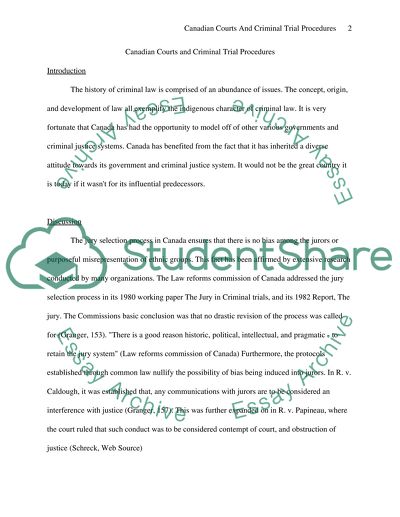Cite this document
(The Concept and Development of Criminal Law Essay, n.d.)
The Concept and Development of Criminal Law Essay. Retrieved from https://studentshare.org/law/1533758-canadian-courts-and-criminal-trial-procedures
The Concept and Development of Criminal Law Essay. Retrieved from https://studentshare.org/law/1533758-canadian-courts-and-criminal-trial-procedures
(The Concept and Development of Criminal Law Essay)
The Concept and Development of Criminal Law Essay. https://studentshare.org/law/1533758-canadian-courts-and-criminal-trial-procedures.
The Concept and Development of Criminal Law Essay. https://studentshare.org/law/1533758-canadian-courts-and-criminal-trial-procedures.
“The Concept and Development of Criminal Law Essay”, n.d. https://studentshare.org/law/1533758-canadian-courts-and-criminal-trial-procedures.


